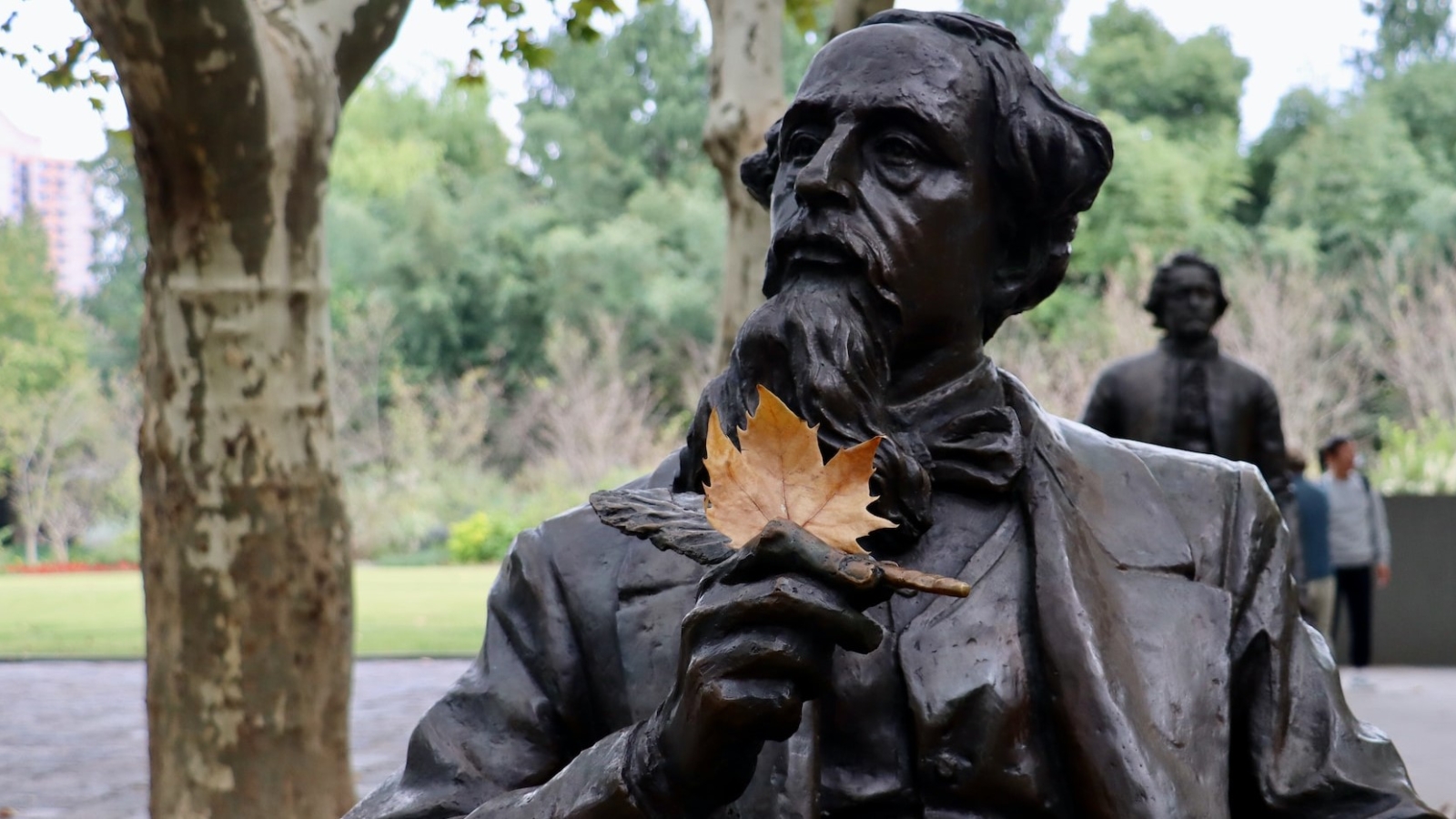Claire Tomalin (English Journalist and Biographer) said, “’A Christmas Carol’ has been described as the most perfect of Dickens’s works and as a quintessential heart-warming story, and it is certainly the most popular”. And she should know as she is an expert on Charles Dickens. But did you know that this wonderful story has given its name to a very powerful technique?
The Dickens technique is a way of visualising, usually, two different paths. It can be useful when facing an important decision, as an intervention to force change or to evaluate change. It’s named as it’s similar to the story of Scrooge from Dickens ‘A Christmas Carol’ in which he sees two different futures based on whether he changes his ways or not. It can be used as a guided meditation, with Neuro-linguistic programming (NLP) or simply as a thought exercise.
Use your conscious mind to visualise the different paths / actions. Explore the actions and consequences associated with each possible action. Perhaps you are thinking of trying to stop smoking.
If you continue to smoke what would the situation be in the short, medium and long term? How things will be in one year, five years and ten to twenty years. Smoking is expensive, has a very detrimental effect on your health and is increasingly socially unpopular. Often attaching an emotional element to the outcomes helps to make the visualisation real. Would you be alive or healthy enough to play with your children and grandchildren or be at their graduation or wedding? Perhaps you want to travel the world once you have retired. Would you be healthy enough to do that? Could you afford to if you continue to smoke in the meantime?
Now, go back and explore a different path. Imagine being healthier, stronger and wealthier. Imagine your grandchildren and being at all their important life events. You would be more likely to avoid major, life changing, diseases such as cancer and respiratory problems.
Once you have fully explored all the likely scenarios and the choices, you can make a much more informed decision. And, armed with the emotional consequences you are more likely to stick to your new course of action. And this is not just a process for personal issues. It can readily be applied to many situations including business decisions and challenges.
If you think this technique could help you and would like me to guide you through it, then contact me.


